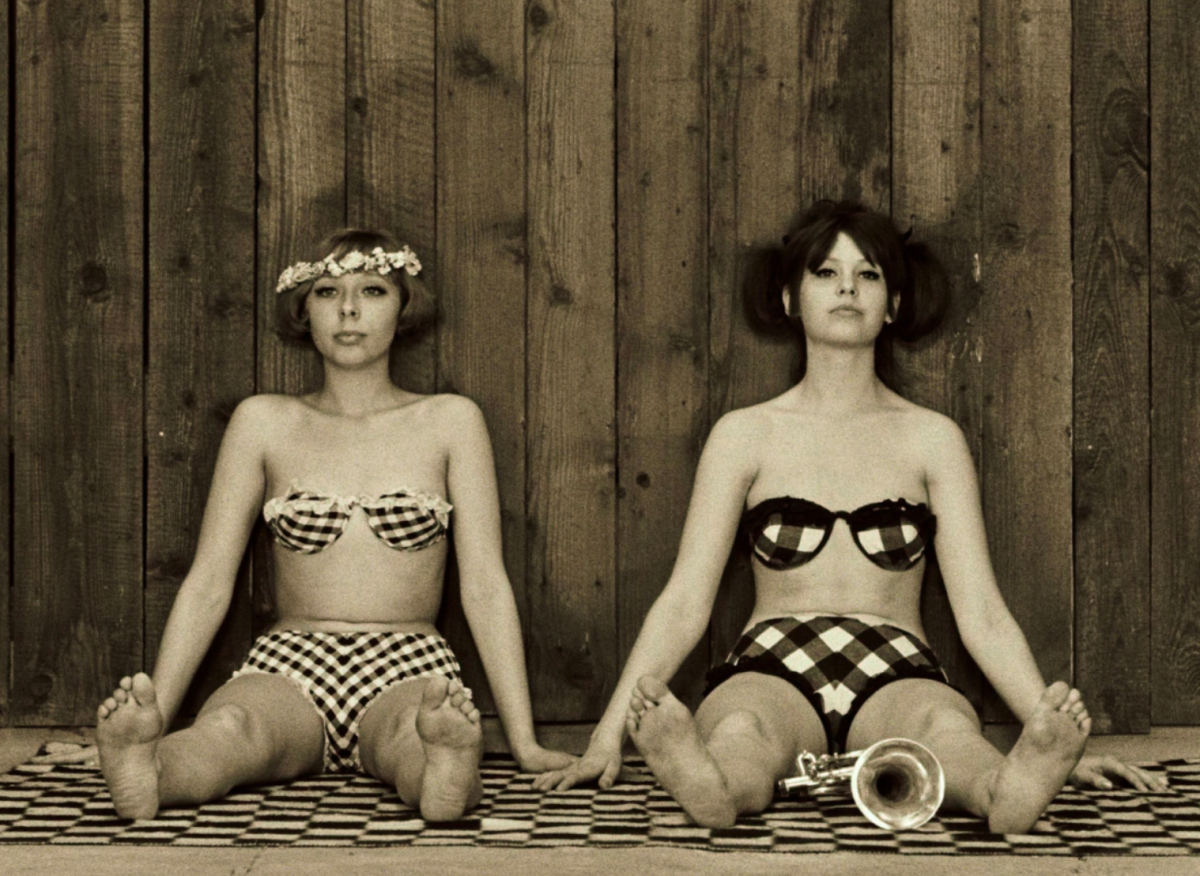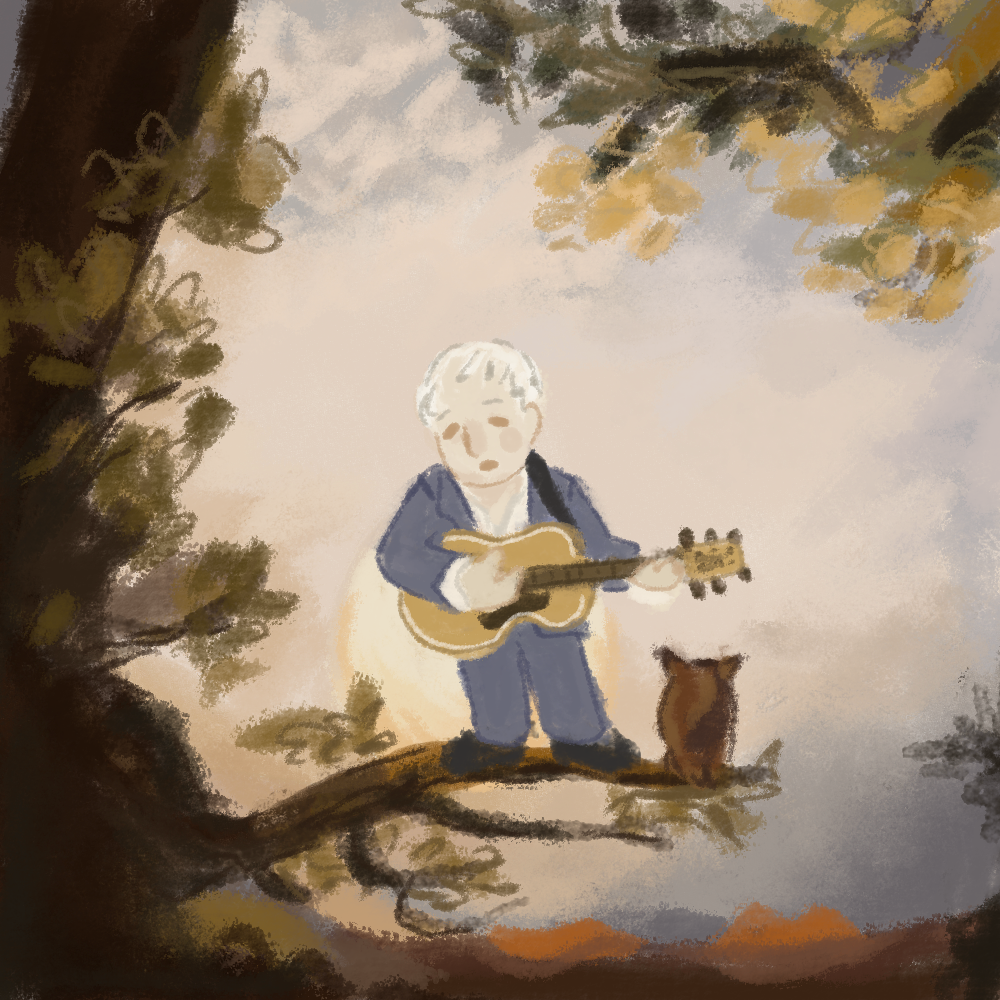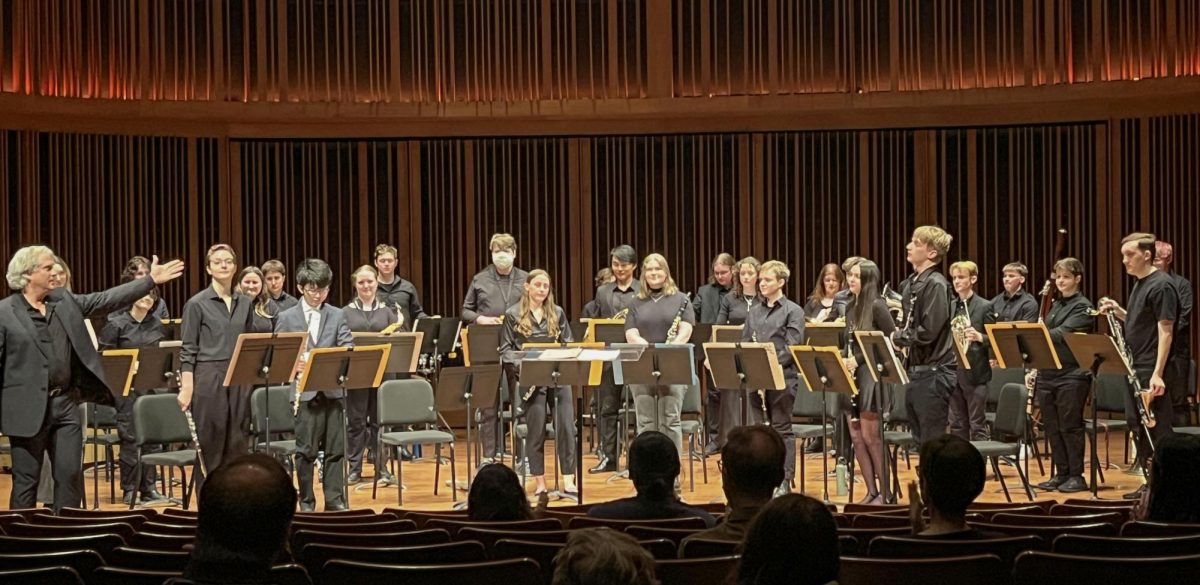Věra Chytilová’s “Daisies” (Sedmikrásky) was screened in the Walker Art Center on Feb. 16 and 17 in conjunction with the exhibition “Multiple Realities: Experimental Art in the Eastern Bloc, 1960s–1980s.”
“Daisies” was made in 1966 and is considered to be one of the landmark movies of the Czech New Wave, as well as one of the most notable works of feminist cinema. In simple terms, Chytilová is to girls what Tarkovsky is to film bros. The BBC ranked Daisies number six on a list of “The 100 greatest films directed by women”. Before seeing it myself, I wondered whether Daisies is actually a feminist cinematic masterpiece. Is “Daisies” only hyped up because, 58 years after its release, the film industry still lacks female voices? Will we praise any film with a woman’s name in the credits?
“Daisies” follows the story of two young women, both named Marie, as they navigate their lives in a “spoiled world” in which they feel insignificant and invisible. In response to these sentiments, they decide that they too will become spoiled. What follows is an hour and 16 minutes of complete chaos. Marie I and Marie II are terrible human beings. They have no respect for the people they encounter, social norms or even each other. The premise of “Daisies” is nihilistic and depressing, but the movie itself is colorful, girly and, at times, comedic — therein, perhaps, lies Chytilová’s brilliance.
Any academic discourse concerning “Daisies” always mentions its feminist elements — and understandably so. The protagonists’ disruptive behavior can easily be interpreted as a response to the patriarchal and unjust society in which they live. Marie I and Marie II’s mistreatment of men is a clear example of this. The heroines are young and beautiful and, unsurprisingly, receive attention from many men. But they couldn’t care less. They exploit and humiliate any man who takes them out, asking uncomfortable questions about their age and wives, constantly laughing at their suitors’ discomfort. Misandry, which Chytilová explores in “Daisies,” is controversial yet undeniably fascinating. Marie I and Marie II are neither realistic nor relatable characters, but their frustration with the societal expectations posed on them and their refusal to obey men definitely are.
While “Daisies” is mostly appreciated for its feminist aspects, I find its importance in its utter disrespect for the communist regime. Marie I and Marie II are the 1960s Czechoslovak government’s worst nightmare. They are bored, refuse to work and, on top of that, reject traditional gender roles. But most egregiously they are wasteful. Food consumption and waste are crucial themes of the movie.
One scene that particularly stood out to me is when one of the heroines cuts up a watermelon with scissors, only to immediately throw it away. At a time when you had to stand in an hours-long line just to be able to purchase a single overpriced orange, watching two unlikable adolescent girls destroy food for no apparent reason other than their own amusement must have been quite enraging. Chytilová created these controversial moments as her own contributions to the discourse taking place at the time about the terrible living conditions in the communist Eastern Bloc. “Daisies” is thus a rare act of protest against the unjust communist system, which the Czechoslovak art scene at the time lacked.
In addition to its plot, “Daisies” is known for its stunning visuals. Chytilová implements numerous techniques that make “Daisies” one of the most artistically daring movies in the history of Czech filmography. She uses collage-like editing that decomposes the movie into autonomous photo-like shots, perspective-deforming lenses and sped-up and slowed-down movements, while experimenting with colors and ironic sound effects, over-the-top costumes and decorations. The aesthetically pleasing visuals of “Daisies” effectively juxtaposes the ugliness of the protagonists’ lives. Thus, Chytilová reveals the unexpected beauty of resistance to the conventional.
It is impossible to talk about “Daisies” without discussing the events taking place at the time of its release. “Daisies” came out in the late 1960s, during a period known as the Prague Spring. This era of Czechoslovak modern politics is known for the implementation of “socialism with a human face” which mainly signified the relaxation of censorship and Soviet influence. Had Chytilová made this movie two years later, when the authoritarian communist censorship intensified again, “Daisies” would probably have never seen the light of day. Still, though Chytilová made her movie during the most liberal time of the Czechoslovak communist regime, she still faced severe criticisms from the party. Due to the lack of any contribution to the working class audience and the unreasonable waste of food and other resources, “Daisies” was practically banned until the fall of the communist regime in 1989.
So the question remains: is “Daisies” worthy of the praise of a modern viewer? Unsurprisingly, I think yes. “Daisies” is a feverish mess, but also an important art piece. It is visually stunning and offers criticism of the communist society that was basically unheard of in the late 1960s. More importantly, referencing it will make you sound intellectual and profound. And slightly insufferable.
You can visit the exhibition “Multiple Realities: Experimental Art in the Eastern Bloc, 1960s–1980s” at the Walker Art Center until March 10. The gallery has free entry on Thursdays. The movie theater has free entry for students on Fridays.







